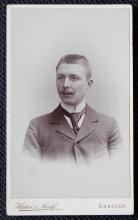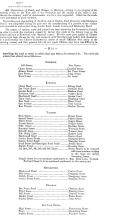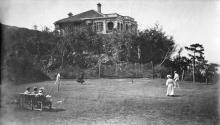Deep Cutting on King’s Road in Quarry Bay Village [1927- ]
To improve the road connection between Causeway Bay and Shaukiwan, the Hong Kong Government decided to widen the existing road. The Public Works Report (PWR) for 1921 refers:
As early as 1912 the necessity for this work became apparent, and negotiations were begun with Messrs. Butterfield & Swire for the surrender of certain areas and houses to enable the project to be carried on; but it was only in September, 1920, that an agreement with them was reached.


